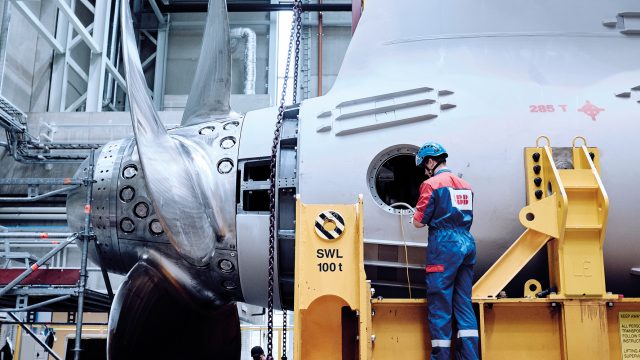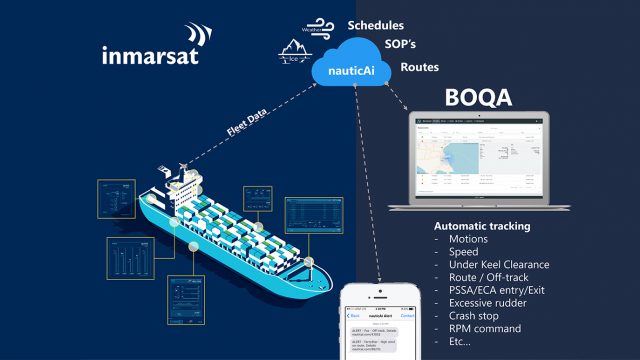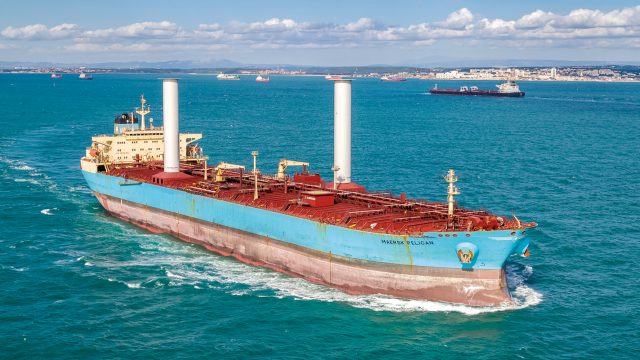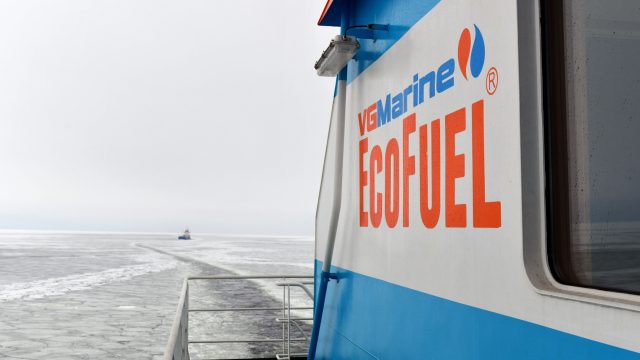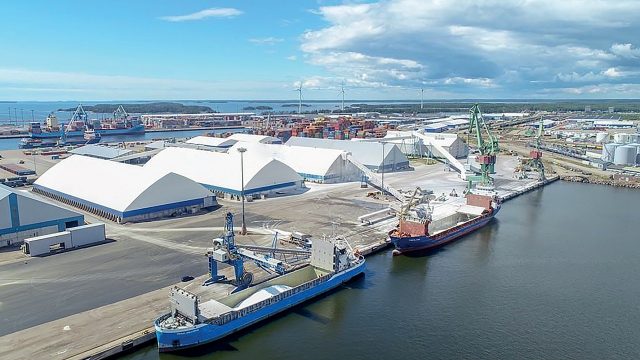The port icebreaker Ob, which was delivered in October 2019, is a prime example of Finnish icebreaking expertise. The vessel was built at USC’s Vyborg Shipyard for use by a Russian client, Rosatomflot. Ob ensures year-round transport for energy company Novatek’s LNG terminal in Sabetta.
According to Aker Arctic’s CEO, Reko-Antti Suojanen, Ob is based on the company’s earlier icebreaker designs, but its technical solutions have been improved to meet Sabetta’s extremely
difficult ice conditions.
“The vessel has been designed to operate in ports and shallow waters that experience extremely difficult ice conditions during the winter. According to our knowledge, Ob has managed extremely well in the Arctic winter conditions in which it has been operating since entering service,” says Suojanen.
Ob is a Polar Class 7 icebreaker measuring 89.2 metres long, 21.9 metres wide and 6.5 metres deep. It has four 3 MW diesel-electric propulsion units, two in the fore and two in the aft. Ob has a top speed of 16 knots and is able to break ice of 1.5 metres in thickness at a speed of two knots. The vessel is significantly smaller than the icebreaker Aleksandr Sannikov, which was also designed by Aker Arctic and delivered in 2018.
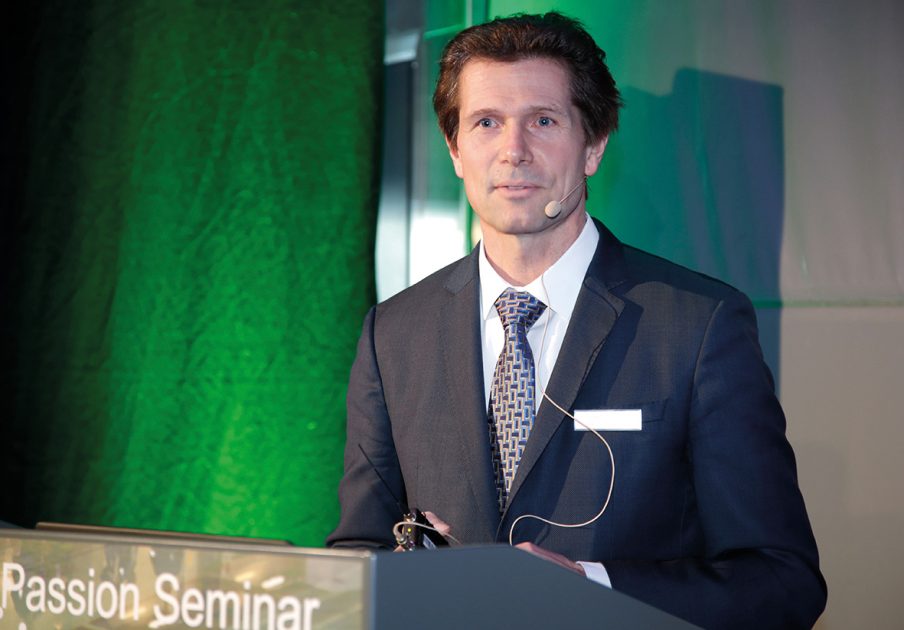
“Thanks to its unique propulsion system, Ob is an effective and extremely agile icebreaker. Ob is a one of a kind vessel that has been specifically designed for the task at hand. Only one of these vessels has been ordered. Although we do, of course, hope that more will be built,” says Suojanen.
Concept and basic design work began back in 2015, and thorough test drives were carried out using a miniature model of Ob in Aker Arctic’s ice tank in Vuosaari, Helsinki. According to Reko-Antti Suojanen, this almost five-year period is quite normal for developing new vessel concepts.
“The majority of this time will be spent on building the ship itself, but the design phase also takes between one and two years.”
It’s all go in the Northeast Passage
Aker Arctic and Reko-Antti Suojanen firmly believe that the Northeast Passage and its Arctic transport projects will also spawn new ships and vessel concepts for Finnish designers.
“The energy company Novatek and its partners are building a new LNG production facility on the Yamal peninsula. Demand for transport is increasing, and new icebreakers and ice-breaking LNG carriers will be required,” says Suojanen.
Aker Arctic has been involved in designing Russia’s next generation of large and LNG-powered polar icebreakers. LNG has been chosen to fuel the icebreakers for two reasons: advancements in both tanking technology and fuel distribution.
“Unlike with diesel oil, gas production and local distribution work in the north. There is sufficient LNG available along the Northeast Passage.”
Suojanen says that polar icebreakers must have extremely large, 8,000–10,000 cubic-metre LNG tanks to enable them to operate for a month at sea. Although this of course depends on their voyages and the weather conditions.
Even nuclear-powered vessels could materialise
Aker Arctic has already headed up the development of 15 ice-strengthened LNG tankers for the Northeast Passage and participated in their design. These first-generation Arctic LNG vessels were built in Asian shipyards, namely Daewoo’s (DSME, Dae-woo Shipbuilding and Marine Engineering) shipyard in Okpo, South Korea.
Although the Russians have handled the design of their new Arktika-class nuclear icebreaker themselves, Suojanen thinks that demand for nuclear-powered vessels may rise as a result of increased traffic in the Northeast Passage.
“The IMO is tightening its environmental requirements all the time, and we expect this will also lead to nuclear-powered cargo ships in northern waters,” he forecasts.
Aker Arctic was initially involved in the early design of the USA’s new polar icebreaker, but no longer. The US Coast Guard recently decided to order the first of its new batch of icebreakers from the VT Halter shipyard in Mississippi, and VT Halter will also handle icebreaker design.
The USA’s polar cutter is the superpower’s first new icebreaker in 25 years.
Plenty of ongoing projects in the Baltic Sea
Aker Arctic has signed a contract for the development of new icebreakers for demanding Baltic Sea escort operations. “New ship will represent a completely new generation of icebreakers. It will incorporate design, construction and operational experience from existing Baltic assistance icebreakers as well as our other icebreaker designs.
As the operational requirements and environmental conditions are changing in the Bothnian Bay, we will work closely with the Finnish and Swedish operators to jointly develop a solution that best answers to the future icebreaking needs. With an operational lifetime spanning half a century, the new icebreaker must be designed to comply with future emission goals. Responding to this major technological challenge today will require us to apply the full extent of our icebreaker design expertise as well as to utilize the latest environmental technologies developed by the maritime industry”, says Suojanen.
The new icebreaker is required to be able to assist ships with 32 m beam. Cost-effective operation, low life-cycle costs, the transition to fossil-free fuel by 2030 and the reduction of CO2 emissions are also important goals.
Back home in Finland, Aker Arctic Technology Oy is designing and delivering full propulsion systems, complete with propellers and axles, for the Navy’s four new Pohjanmaa-class multipurpose corvettes.
“This is a very significant agreement for us. We’ve already put five years of work into this project with the client,” says Suojanen.
Aker Arctic’s EUR 27 million share of the contract is for the design, manufacture, delivery and installation supervision of a complete propulsion system. The design of the stainless-steel adjustable blade propellers and axles has paid particular attention to low propeller noise output and the vessel’s speed and ability to move through ice.
Other new projects include the world’s first motorised detachable ice-breaking bow, whose propellers were designed and supplied by Aker. The prototype was launched at the Turku Repair Yard in Naantali in late summer 2019.
Like other Finnish ship designers, Reko-Antti Suojanen has high expectations concerning design contracts for Finland and Sweden’s new icebreakers.
“It’s always beneficial to cooperate, as we share the same sea. Both countries will definitely save money by building a series of ships, but as a design company we first need to wait for a call for tenders,” he says.
Suojanen considers global warming to be an undeniable fact whose impacts on maritime transport are extremely difficult to manage. We’ve just had a record-breaking warm winter without much need for icebreakers, but more difficult winters may lie ahead. Stringent environmental targets and variable conditions are posing special challenges in the design of new icebreakers.
“As designers, our goal has always been to build ships that run on minimal energy. In this sense, a vessel’s icebreaking capacity adds to our design challenges, but we should also keep in mind that many ships spend most of their time sailing in open waters,” he says.
Suojanen says that Aker Arctic’s freezable test basin in Vuosaari has been in heavy use, as miniature models of new ice-breaking vessels are being developed and tested at a fast pace.
“We conduct the bulk of these tests for ourselves, but we also provide a service to external customers, such as shipyards and shipping companies.”
“We’re able to offer an extremely comprehensive service for shipbuilding projects, all the way from icebreaker concept development and testing to design, equipment delivery and commissioning. We’re at the top of the world in this field. No one else can provide these kinds of services for icebreaking vessels.”
















